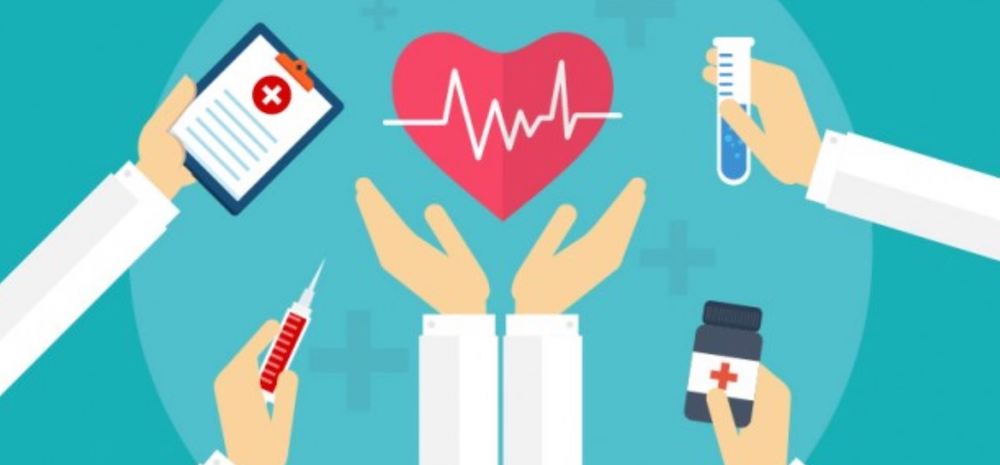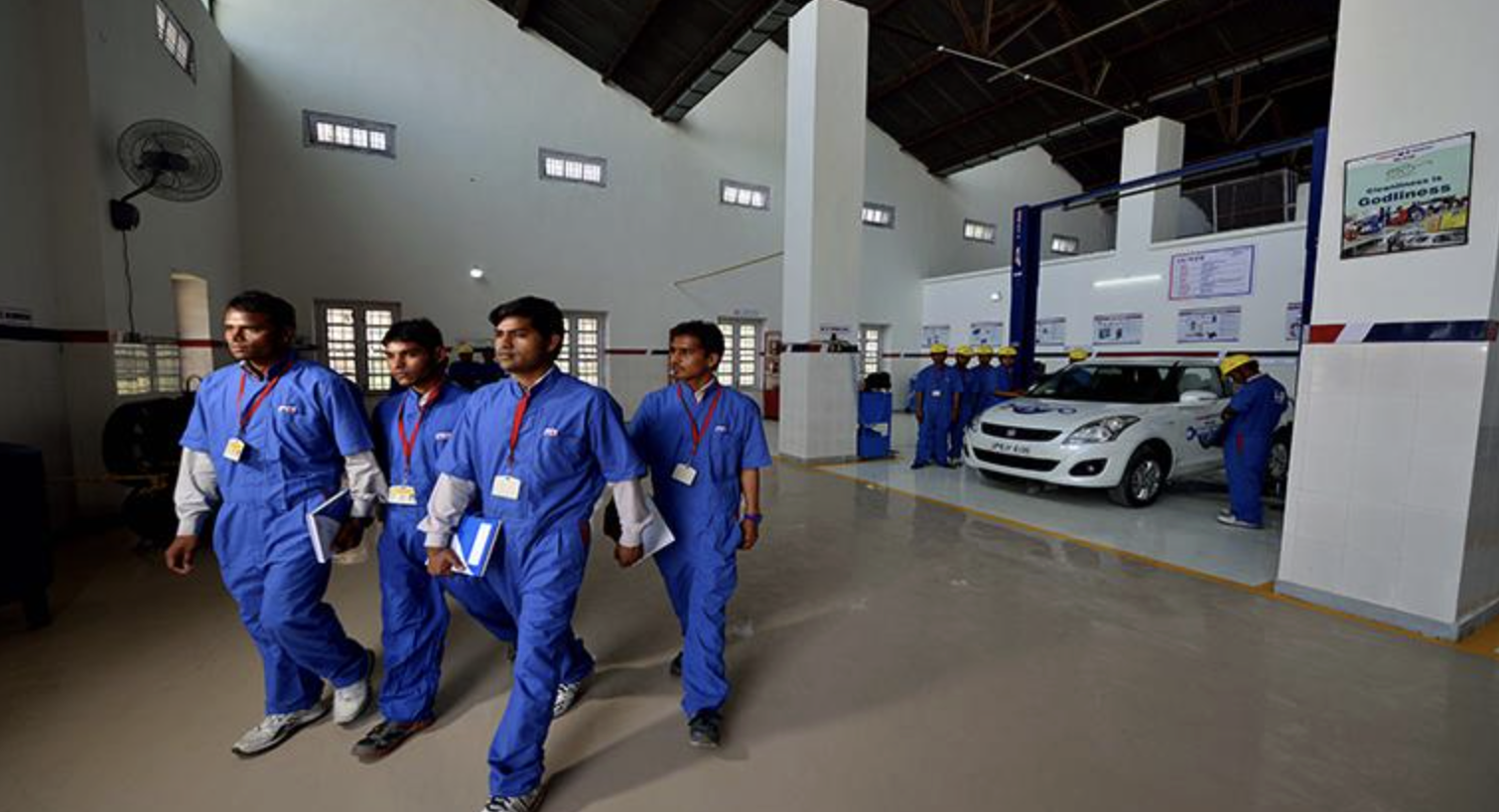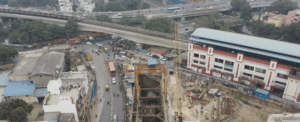To identify fluctuations in heart rate variability over time, the algorithm employs a specific metric known as detrended fluctuation analysis (DFA2 a1).

New Algorithm Predicts Sudden Cardiac Death with Higher Accuracy
sudden cardiac death (SCD) remains a leading cause of mortality and is responsible for approximately half of all deaths from cardiovascular disease worldwide, despite advancements in prevention and treatment. Identifying cardiac rhythms associated with imminent heart failure has been found by a team of researchers from Tampere University.
A long-term study (8.3 years) involving 2,794 participants showed that DFA2 a1 is a strong predictor of SCD. Notably, this link was most evident during rest periods, as opposed to physical exertion.
“The study’s most intriguing discovery was the distinct patterns observed during rest measurements. The heart rate intervals of high-risk individuals at rest mimicked those of a healthy heart during physical activity,” said Teemu Pukkila, a physicist from Tampere University.
Smartwatch Integration for Early Detection: Algorithm Simplifies SCD Risk Assessment
To establish a link between DFA a1 patterns and occurrences of SCD the team has employed statistical analysis. Taking into account the influence of critical factors like age and a history of heart conditions, the researchers developed their approach.
Remarkably, the metric can be evaluated in just a minute with sensors miniaturized and simplified enough for smartwatch integration. This breakthrough eliminates the need for clinic visits or intricate scans to determine an individual’s SCD risk.
researchers wrote in their paper that accelerometers in wearable consumer devices can easily distinguish between the states of physical activity and rest and perform the measurement when it is relevant.
The new predictive algorithm focus on assessing cardiorespiratory fitness, which is said to be more accurate than current methods.
What is Sudden Cardiac Arrest?
The term “sudden cardiac arrest” (SCA) accurately reflects the condition. Even if a patient appears healthy with normal heart function an hour before, SCA can strike due to an abrupt disruption in the heart’s electrical system. This disrupts the heart’s rhythm and rate, hindering its ability to pump blood effectively, which leads to loss of consciousness and breathing.
Sudden cardiac death (SCD) and heart attacks have distinct causes. Heart attacks occur due to restricted blood flow, while SCD stems from a surge of irregular electrical impulses in the heart. Both conditions can affect young, healthy individuals, for instance, during intense exercise.












